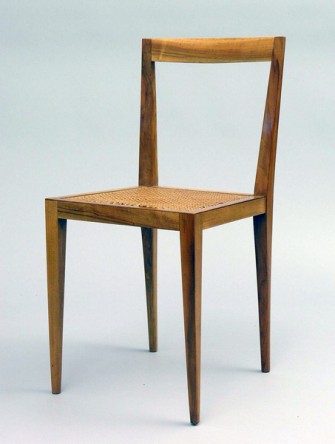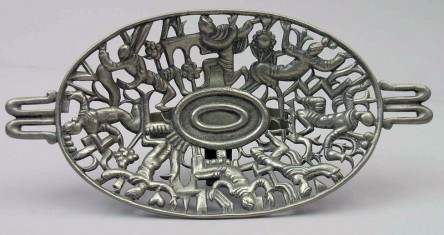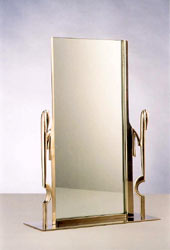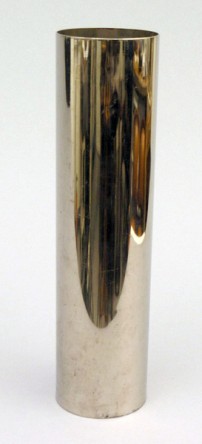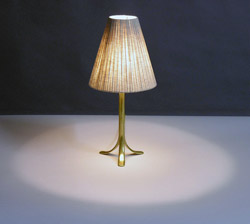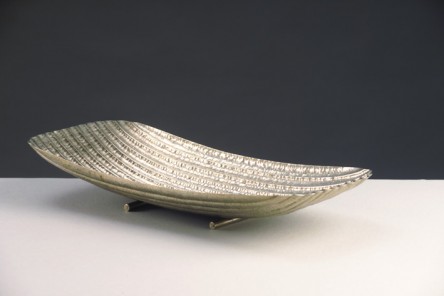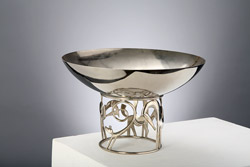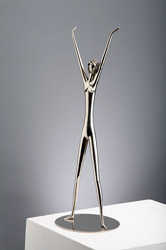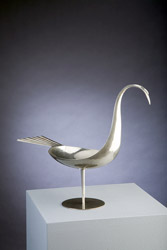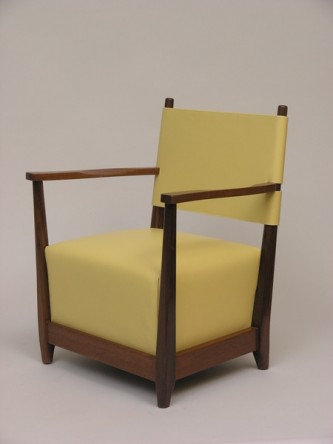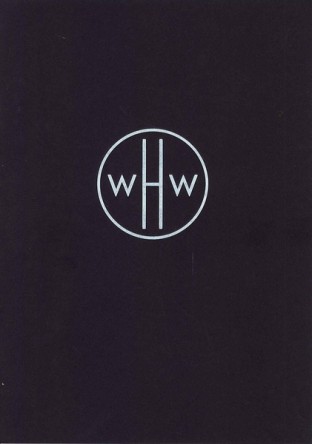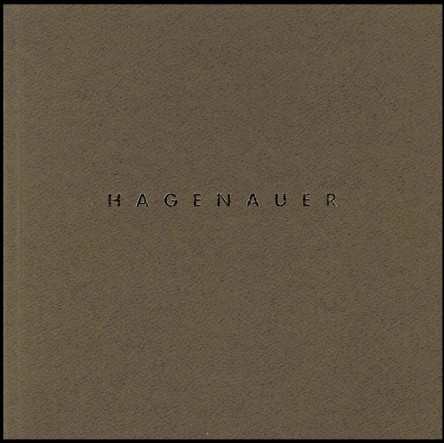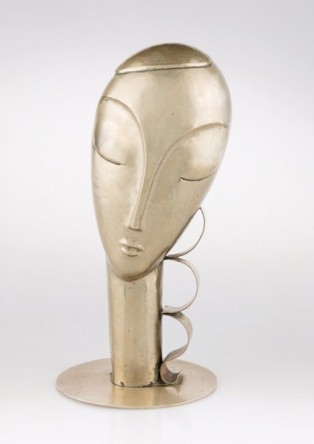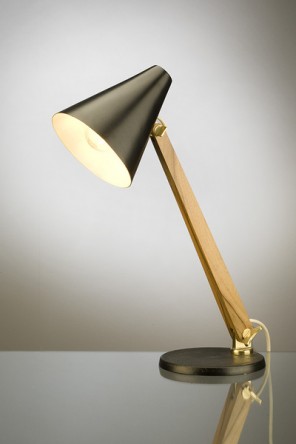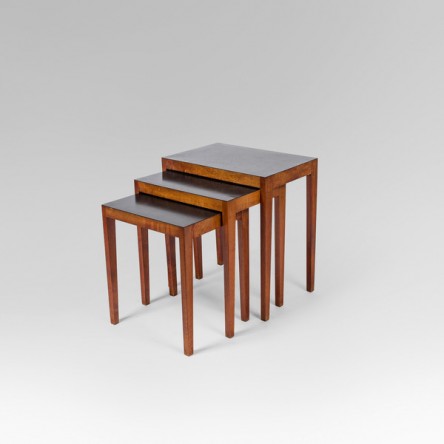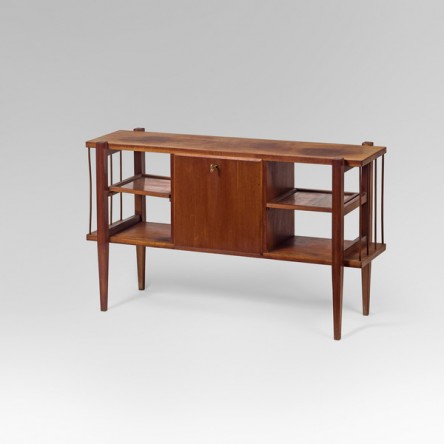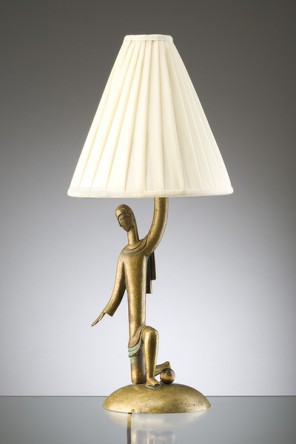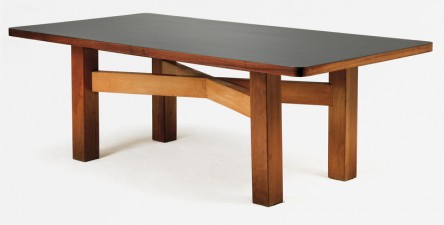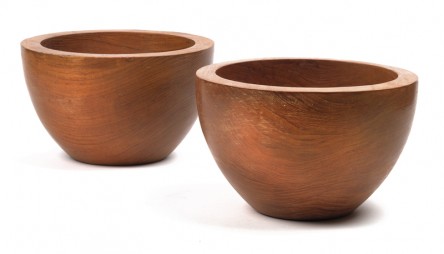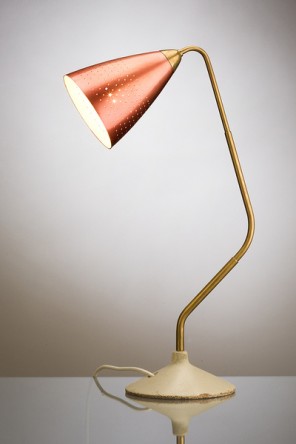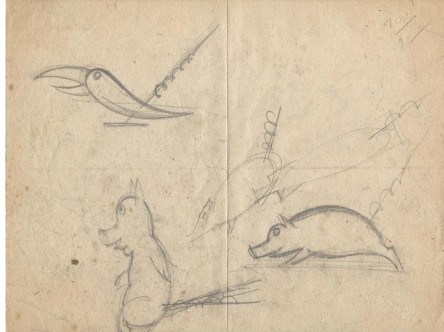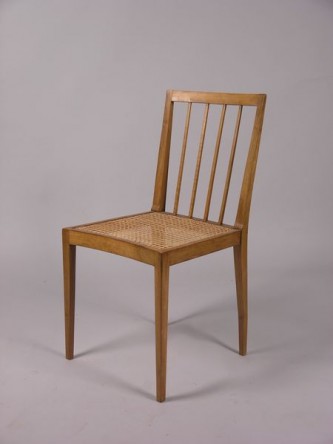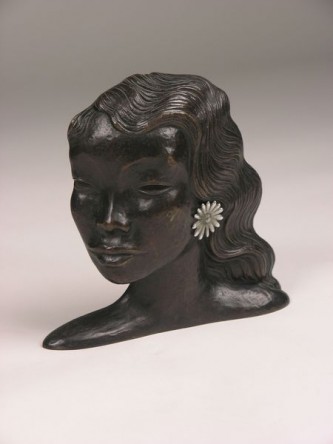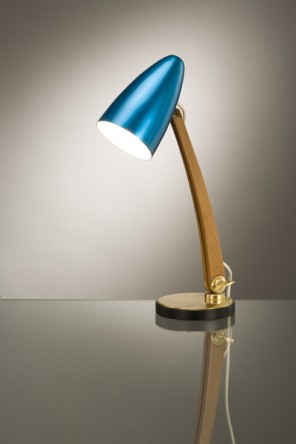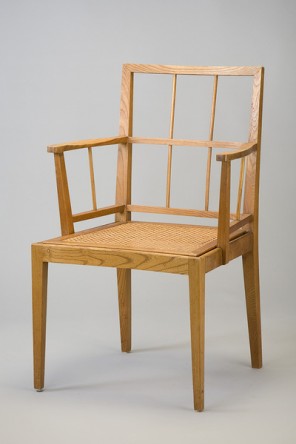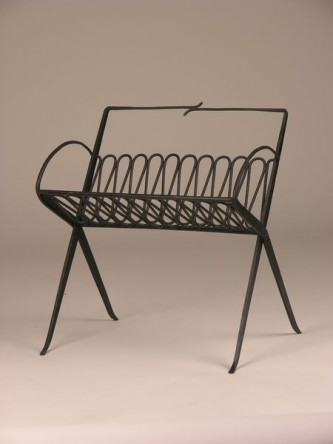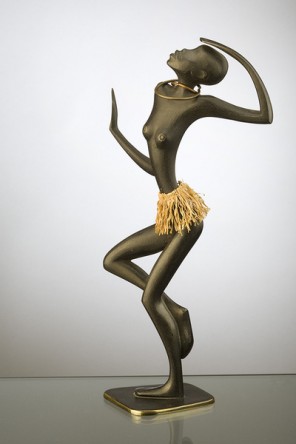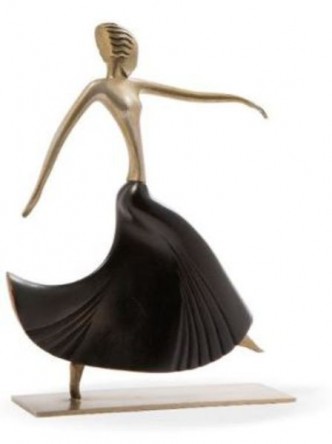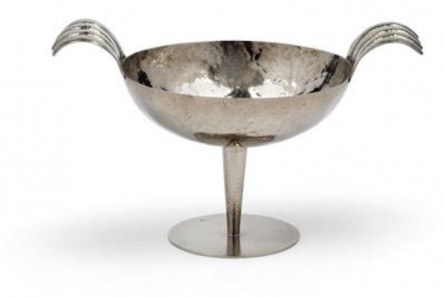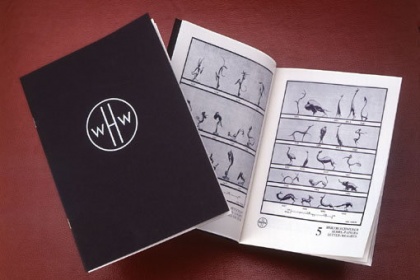
Werkstätte Hagenauer
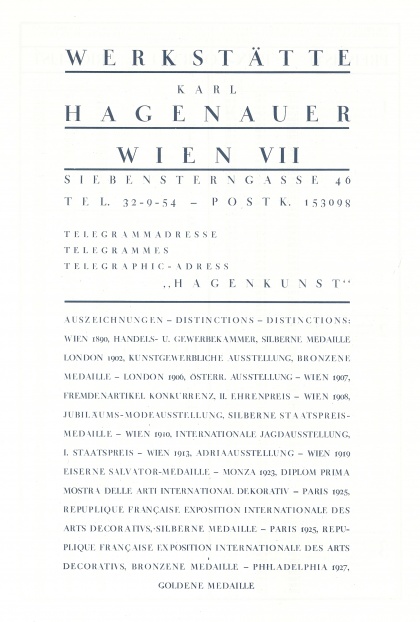
For many years, Patrick Kovacs has been dealing with the diverse range of products manufactured by Werkstätte Hagenauer, which apart from all kinds of brass, bronze and light metal objects also comprised furniture, lamps, ceramics, glass, wood and woven objects. The markings on the metal articles as well as on the wooden objects remained an important trademark of the company. In addition to the maker’s mark WHW in two sizes and the word marks “Werkstätte Hagenauer Wien“ or “Hagenauer Wien“, also the inscriptions “Handmade” and “Made in Austria” or “Made in Vienna Austria” were used. Patrick Kovacs is not only an expert in identifying maker’s marks, he is also in possession of the picture archives of Edwin Babsek, the photographer working for Hagenauer after World War II, and other historical material for the attribution and dating of many objects.
„HAGENKUNST”
The telegraphic address “Hagenkunst” of Werkstätte Hagenauer in Vienna’s 7th district in 1928 provides a first clue to the self-conception of the company, founded in 1898, that specialised in metalwork products. Under Karl Hagenauer (1898-1956), son of the company founder who had studied with Josef Hoffmann at the School of Arts and Crafts, a stylistic reorientation of the production took place to reflect contemporary demands.
In 1928, the publication of the product catalogue of Werkstätte Hagenauer set a milestone for the marketing of the company’s range of arts and crafts products, showing in detail a multitude of objects intended for use in upper middle-class households. This catalogue is available in reprint.
The first few pages showed numerous small figures to be used as cigarette extinguishers or seals. They had the form of different, often humorously stylised animals, which made people want to buy Hagenauer figures. Other product groups comprised match holders, ashtrays, candlesticks, vases, bookends, writing garnitures and lamps. For automobile enthusiasts there was a wide range of motorcar mascots. Thus, Hagenauer was able to cater to all demands. Today, the catalogue helps collectors get an overview and allows for attribution of the objects. The enclosed price list reflects the value at the time, when especially bowls, lamps and caskets were considered luxury goods.
Pages 27 and 28 furthermore showed the chased plates and figures that had been exhibited in Paris in 1925. They were part of the so-called “Metal Room”, or “Cult room”, at the Paris World Fair (Exposition internationale des Arts Décoratifs et Industriels Modernes), which had been furnished by the students of Anton Hanak, who was also Franz Hagenauer’s teacher.
These metal panels and figures as well as the list of awards received at various exhibitions, which is enclosed with the catalogue, attest to the company’s public performance since the turn of the century in Austria and abroad and show the ambition of the two Hagenauer brothers Karl (1898-1956) and Franz (1906-1986) to turn their metalworking company into an arts and crafts workshop. The name “Hagenkunst” in the telegraphic address reflects this ambition.
The card catalogue of 1957
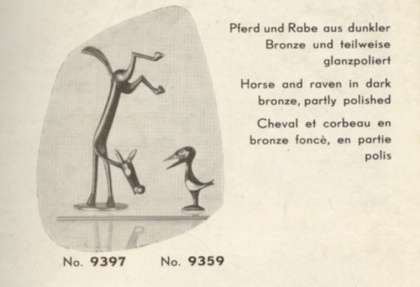
This product catalogue consisted of loose sheets held together by a wire to which additional sheets could be added in subsequent years. Using the historical documents and the Babsek archives that contain photographs of the objects of the Werkstätte Hagenauer, Patrick Kovacs managed to reconstruct a large number of individual sheets. This undertaking was based on the price list of January 1957, which in addition to product number, object designation and height also listed the prices in Deutsche Mark, thus reflecting the value of the objects. This edited edition of the 1957 catalogue was published on the occasion of the Hagenauer exhibition in 2011 and is available here.
Selected literature:
Exhibition catalogue: Hagenauer, Wiener Moderne und neue Sachlichkeit, Olga Kronsteiner (Kuratorin), Monika Wenzl-Bachmayer (Hrsg.), Wagner:Werk Museum Postsparkasse, Vienna 2011.














